Every blog post I’ve written for every destination was first written in my journal. Because I was only in Dublin for three days and was very social for all three of those days, I never actually had time to write about Dublin in my journal. Now, two weeks later, I have to write about it from scratch, because it certainly won’t do to not have a blog post on Dublin. I think, had I not come straight from Edinburgh, Dublin probably would have been my favourite city on my trip to Europe.
If you know me, you know I am not a drinker. I am highly suspicious of what alcohol does to me (and have in fact never explored that fully), and for that reason I only like to drink with people I know, and then especially people I trust. Now, combine that with what you know about Dublin and the Irish, and what should have happened is that I spent my days in Dublin being extremely uncomfortable. That’s what I would have thought, anyway, and because that’s kind of what drinking in Vancouver is like: if everyone else is drinking and you’re not, it’s a little harder to have a good time.
But while the Dubliners certainly appreciated their drink (I found a number of posters throughout my hostel about the best ways to get over a hangover), the drinking culture seemed different from what I’m used to in Canada. It seemed as though the Irish didn’t need to be drunk to have a good time—which was lucky for me, because as it turned out, my experience in Dublin turned out to be all about the people. I was never lonely, which explains why there was never a journal entry written in that lovely city.
My new friend Grace (hi, Grace!) is American, but you wouldn’t have thought so as we ran all over Dublin together. I wasn’t sure if I was going to write about her in this blog post, but as I say, my experience in Dublin was all about people, and since I spent a good chunk of my time in Dublin with Grace, it seems right that I talk about her a little. Extremely social and extraverted, unafraid of the drink, and redheaded to boot, travelling with Grace felt like exploring Dublin with a local.
She also enriched my visit to the Guinness Storehouse, a place I probably wouldn’t have been so keen to visit had Grace not been with me. If it turned out I didn’t have enough funds to do everything I wanted, Guinness probably would have been the first to go, but boy, am I glad I went. Other than having a fantastic view of Dublin, the Storehouse truly felt like Disneyland for beer lovers, and you don’t have to be a beer lover to recognize it.
A friend spent some time in Dublin shortly before I arrived there (hi, Xandrina!) and she said to me that the Irish were so nice, and that it seemed much more genuine than the Canadian nice. Now, I love Canada, and I had only been in England and Scotland during that point in my trip, so I didn’t like the idea that the Irish were nicer than Canadians, but the Irish are truly some of the friendliest people I’ve ever met, in addition to being some of the funniest. The Irish seem to have truly mastered the art of socializing.
What I discovered in Dublin is that there is a verifiable Irishness to the people; it was something I picked up on reading W.B. Yeats’ poetry and Oscar Wilde’s The Importance of Being Earnest but could not quite put my finger on until I had experienced Dublin for myself. There is truly this incredible sense of belonging to a people and to a place which has not been home to the happiest of histories, but has fostered a sharp wit and easy humour. These people are as quick to laugh as they are quick to drink, and their hospitality is almost excessive and yet somehow so genuine. As I left Dublin, and eventually Europe, I read Jonathan Swift’s Gulliver’s Travels (a book I picked up at a bookstore by the River Liffey after having visited St. Patrick’s Cathedral, of which Swift was a dean) and was struck, again, by how strikingly Irish these writers are. I bought a book each from England, Scotland, Ireland, and France, to act as a souvenir of the place that I had visited, to help me remember the sense of Stratford-upon-Avon, Edinburgh, Dublin, or Paris. Although I didn’t get much of a sense of Dublin from Gulliver’s Travels, I got so much of a sense of the Irish people, and rightly so, because the Irish people truly are what made Dublin so great for me.
 Looking upon Vincent van Gogh’s paintings for the first time, I found myself incredibly moved. In a gallery of paintings and portraits featuring naked babies or figures from myth and legend, I was so drawn—perhaps inexplicably—to van Gogh’s Long Grass with Butterflies, Van Gogh’s Chair, or (my favourite) Sunflowers.
Looking upon Vincent van Gogh’s paintings for the first time, I found myself incredibly moved. In a gallery of paintings and portraits featuring naked babies or figures from myth and legend, I was so drawn—perhaps inexplicably—to van Gogh’s Long Grass with Butterflies, Van Gogh’s Chair, or (my favourite) Sunflowers. I wasn’t expecting to love Shakespeare’s Globe as much as I do. Watching Twelfth Night was not as I expected—for one thing, the show was quite a diversion from the original text—but I was delighted nonetheless, and watching the play was certainly worth standing for hours. (Although I might splurge on a ticket with a seat next time.)
I wasn’t expecting to love Shakespeare’s Globe as much as I do. Watching Twelfth Night was not as I expected—for one thing, the show was quite a diversion from the original text—but I was delighted nonetheless, and watching the play was certainly worth standing for hours. (Although I might splurge on a ticket with a seat next time.)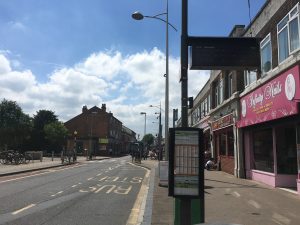 If home is found in the crevices of human experience, homesickness is most certainly found in the expanses of suitcase living: sharing a room, having to take toiletries with you to the bathroom and back, not being able to leave your belongings lying about. (Mommy, if you’re reading this: I leave my room messy because that’s just part of the experience of being at home!) I am excited to be able to leave my toothbrush on the bathroom counter, to unpack my clothes from my suitcase. (Maybe long-term solo travel isn’t for me after all. How distressing.)
If home is found in the crevices of human experience, homesickness is most certainly found in the expanses of suitcase living: sharing a room, having to take toiletries with you to the bathroom and back, not being able to leave your belongings lying about. (Mommy, if you’re reading this: I leave my room messy because that’s just part of the experience of being at home!) I am excited to be able to leave my toothbrush on the bathroom counter, to unpack my clothes from my suitcase. (Maybe long-term solo travel isn’t for me after all. How distressing.)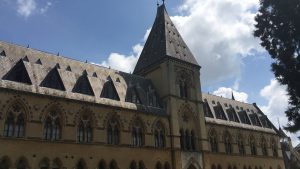 Having said that, though, I don’t think I can stress enough how much the English midlands and the English countryside felt like home to me. As we drove back from Chatsworth House, widely believed to be the inspiration for Mr. Darcy’s Pemberley in Jane Austen’s Pride and Prejudice (one of my favourite books), I looked around at the grids of farmland separated by stone walls and hedges and I found myself thinking about Dr. Dalziel’s Honours seminar on storytelling, and Thomas Hardy’s Far from the Madding Crowd.
Having said that, though, I don’t think I can stress enough how much the English midlands and the English countryside felt like home to me. As we drove back from Chatsworth House, widely believed to be the inspiration for Mr. Darcy’s Pemberley in Jane Austen’s Pride and Prejudice (one of my favourite books), I looked around at the grids of farmland separated by stone walls and hedges and I found myself thinking about Dr. Dalziel’s Honours seminar on storytelling, and Thomas Hardy’s Far from the Madding Crowd. British English literature, the literary genius that the discipline holds him up to be. You understand how the idea dismantles a great bulk of my academic field: though I am not the most familiar with Shakespeare’s works as far as an English major goes, and I am skeptical of the British white male canon in general, I was eager to make a pilgrimage to Shakespeare’s home.
British English literature, the literary genius that the discipline holds him up to be. You understand how the idea dismantles a great bulk of my academic field: though I am not the most familiar with Shakespeare’s works as far as an English major goes, and I am skeptical of the British white male canon in general, I was eager to make a pilgrimage to Shakespeare’s home.



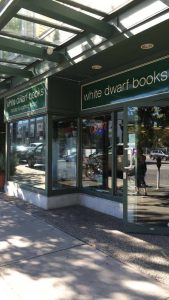
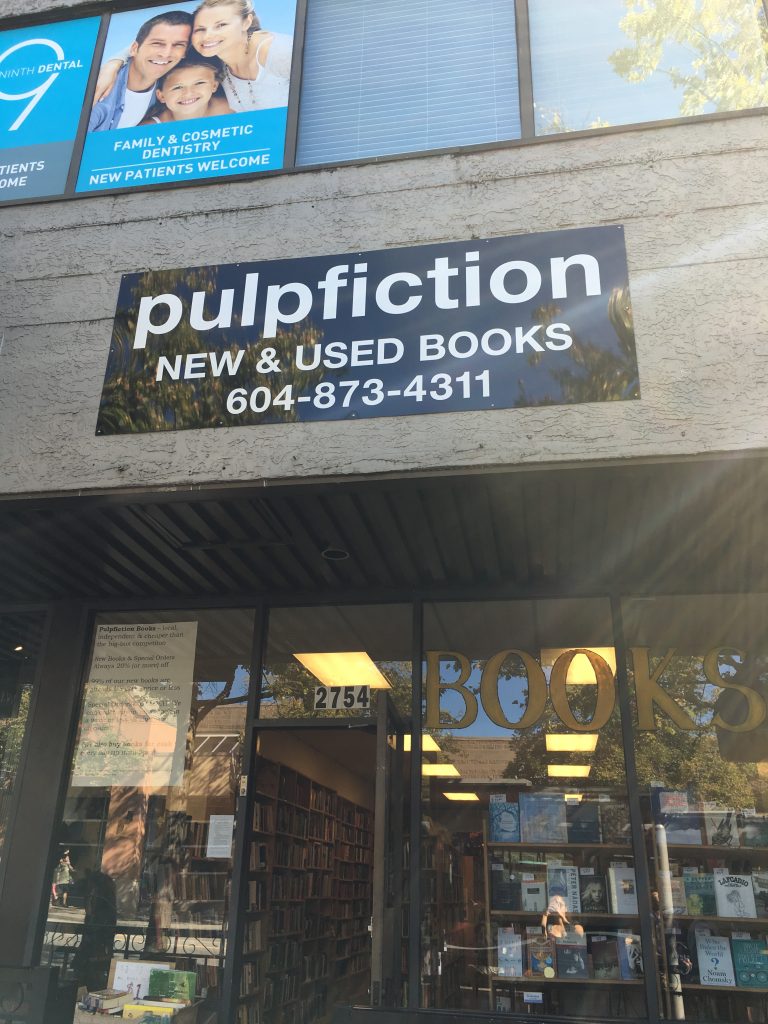


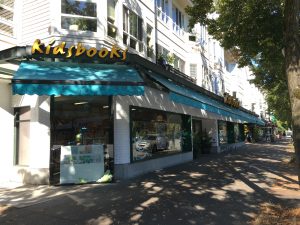
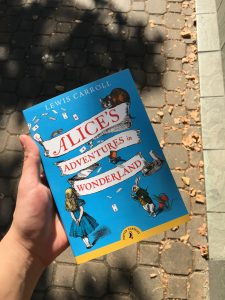
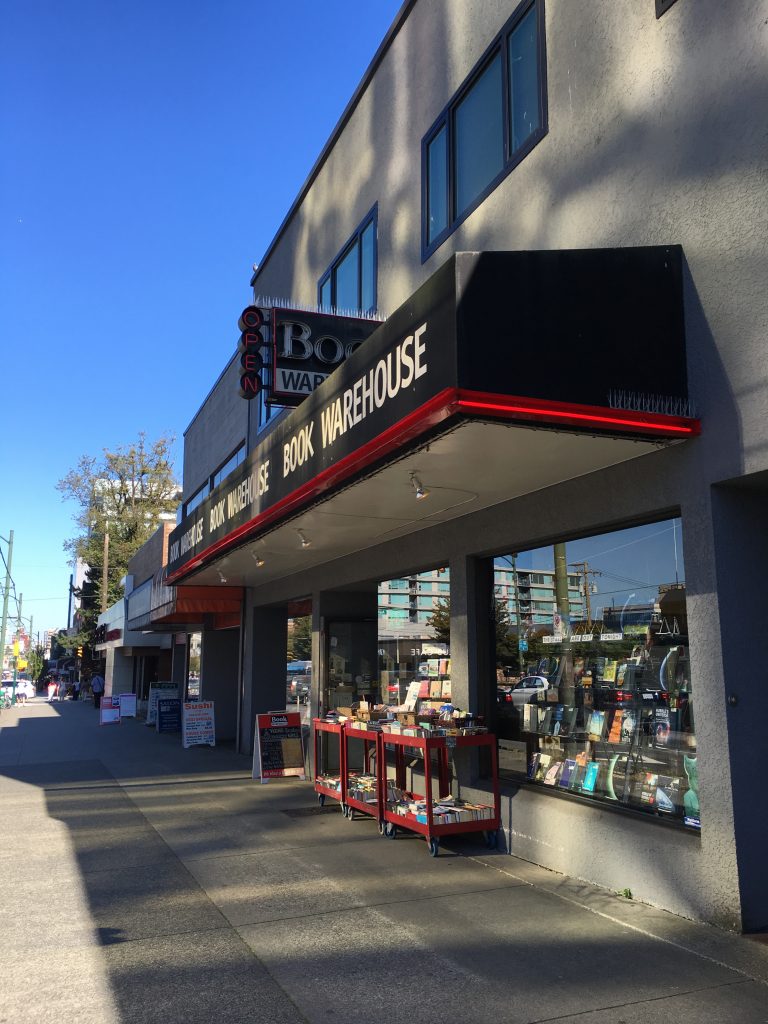

 A few months ago, one of my old coworkers invited her Facebook friends to visit the Jolly Olde Bookstore, which was closing in the summer, completely extinguishing the old, used bookstore species in the Tri-City area. People mourned in the comments, talking about how half their bookshelves were filled with books bought from this store, about how nice the owner was.
A few months ago, one of my old coworkers invited her Facebook friends to visit the Jolly Olde Bookstore, which was closing in the summer, completely extinguishing the old, used bookstore species in the Tri-City area. People mourned in the comments, talking about how half their bookshelves were filled with books bought from this store, about how nice the owner was.
 I fell in love with the hot and sticky Manhattan. I fell in love with the way the city and its humidity clung to my skin, I fell in love with the way it suddenly poured while we were in Times Square, like an overcompensated apology for the heat.
I fell in love with the hot and sticky Manhattan. I fell in love with the way the city and its humidity clung to my skin, I fell in love with the way it suddenly poured while we were in Times Square, like an overcompensated apology for the heat. I fell in love with being a tourist in the City, wearing my Statue of Liberty hat and having pizza on Wall Street, trying to grasp all the important decisions being made steps away from me, all the important exchanges that have been made, were being made, will continue to be made.
I fell in love with being a tourist in the City, wearing my Statue of Liberty hat and having pizza on Wall Street, trying to grasp all the important decisions being made steps away from me, all the important exchanges that have been made, were being made, will continue to be made.